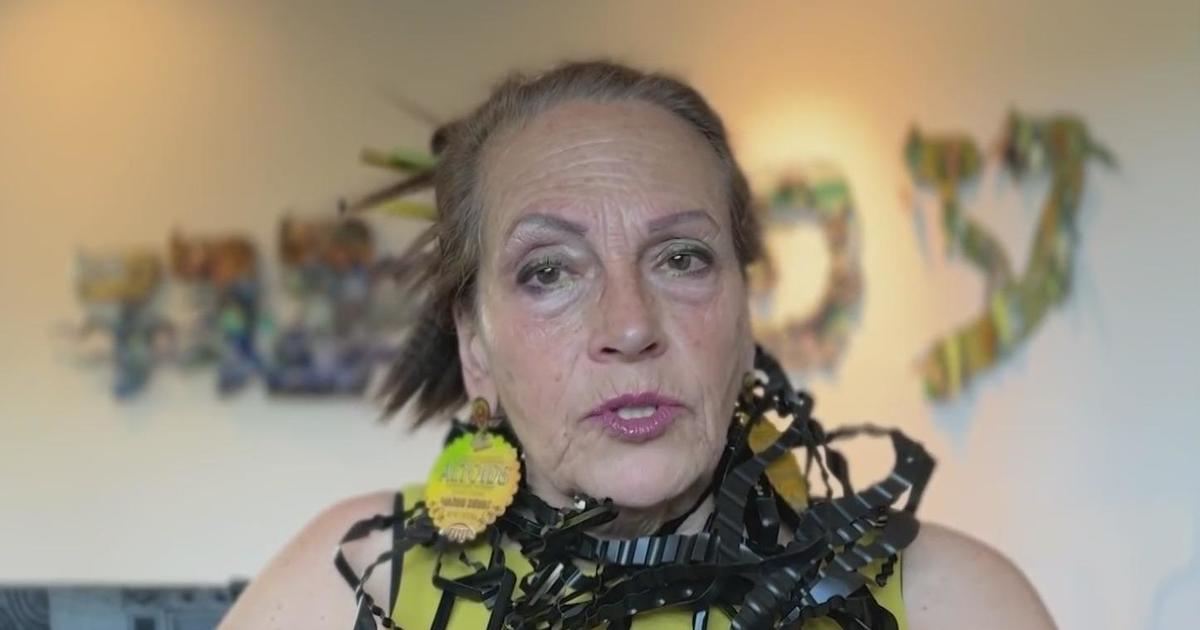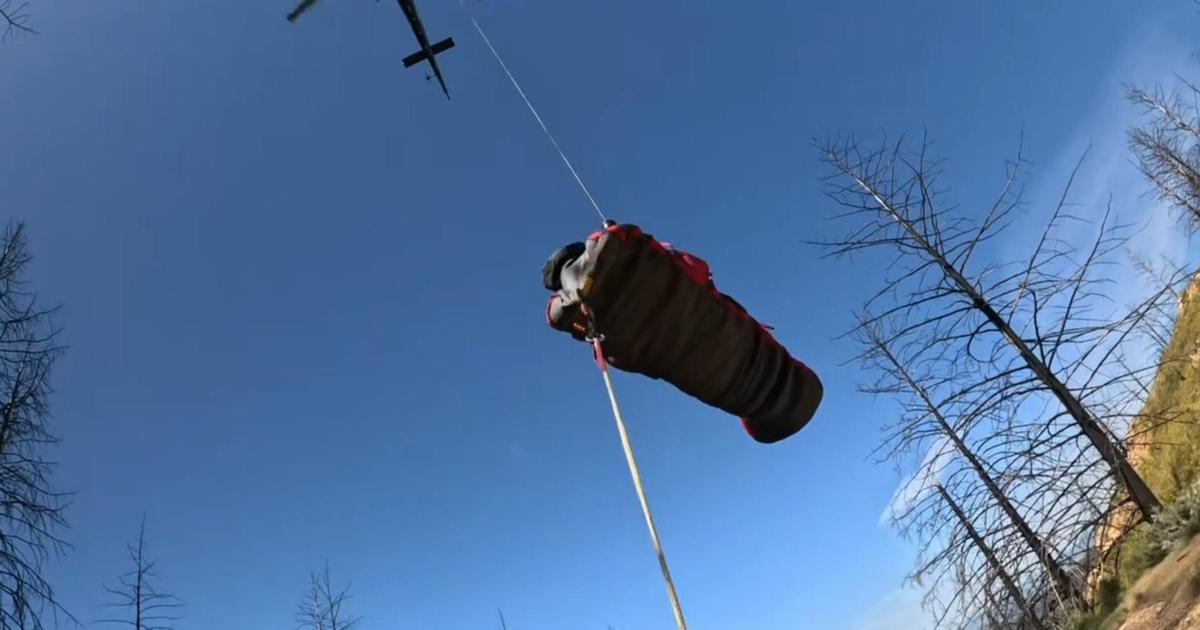Bay Area Families Bank On Cord Blood For Life-Saving Treatments
SAN BRUNO (KPIX 5) – Thousands of families are banking on potentially life-saving treatment from something that's often thrown away: umbilical cord blood. The blood, which has long been used to treat cancer, doctors hope it could cure a number of other life-threatening conditions.
"Umbilical cord blood is a rich source of stem cells, a particular kind of stem cells that rebuilds the blood and immune system," said Heather Brown of the Cord Blood Registry in San Bruno.
At the registry, more than 300,000 families have arranged to save those vital cells in case their baby or another family member needs a life-saving treatment.
Brown, the registry's vice president of scientific and medical affairs, said doctors have used the cells to treat dozens of diseases.
"Cord blood stem cells have been used to treat over 80 conditions. These conditions include cancers, blood disorders, genetic diseases, things like leukemia and sickle cell anemia," Brown told KPIX 5.
But what surprises many parents is that now, cord blood stem cells are under investigation to treat many more conditions, like acquired hearing loss, autism, pediatric stroke, and cerebral palsy.
"Nothing was wrong during my pregnancy. So it was just kind of a thing, an insurance policy so we just decided randomly to bank our cord blood," said Cynthia Hextell.
When Cynthia and Derak Hextell's son Dallas was a toddler, he struggled to hit developmental milestones.
"Once we got the diagnosis of cerebral palsy we were both just like shocked," Derak Hextell said.
They were ready to try anything to help Dallas learn to walk and talk. So they flew to North Carolina for an experimental infusion with his own cord blood stem cells. The doctor gave them no guarantees.
"It was so early, she was very hesitant to say this is going to work," Derak recalled. "It's not going to hurt him, but I can't promise you anything."
"And then we saw amazing results," Cynthia recalled.
Within a couple weeks, Dallas was using words, and laughing. He did learn to walk, and is currently a fourth grader who swims and does karate.
"To this day researchers are like, 'We don't know,'" Derak said.
Cynthia said, "We are just two parents that were trying to do the best we could for our kid and we are not scientists or doctors, so it's really up to them to do a trial and prove it."
At UCSF, cord blood stem cell researcher Dr. Andrew Leavitt agrees there's a lot left to prove.
"There are some research activities now in neurological diseases but those are in very early research phase," Leavitt told KPIX 5.
When it comes to banking cord blood, he draws a difference between families who carry an inherited blood disorder, and those who don't.
"For some parents, it makes more sense for them to put something down because they may have a reasonable chance of needing it. But if you just took a random individual off the street, that need might be so low that the idea gets a little bit questionable," Leavitt said.
That's where public banking can be the answer: the umbilical cord blood is donated to a public system where it's accessible to anyone who needs it, who is a match, like the Bone Marrow Donor Network. And it's free.
"CBR recommends whatever you do; just don't throw away your umbilical cord blood stem cells. Save them in a family bank for your own family's use or donate them but just don't throw them away," Brown said. "Stem cells will change the face of medicine and we will see a number of cures for conditions that have no cure today."
Private banking costs between $1,300 and $2,000 for the initial collection and transportation, and then between $100 and $200 a year for storage.



